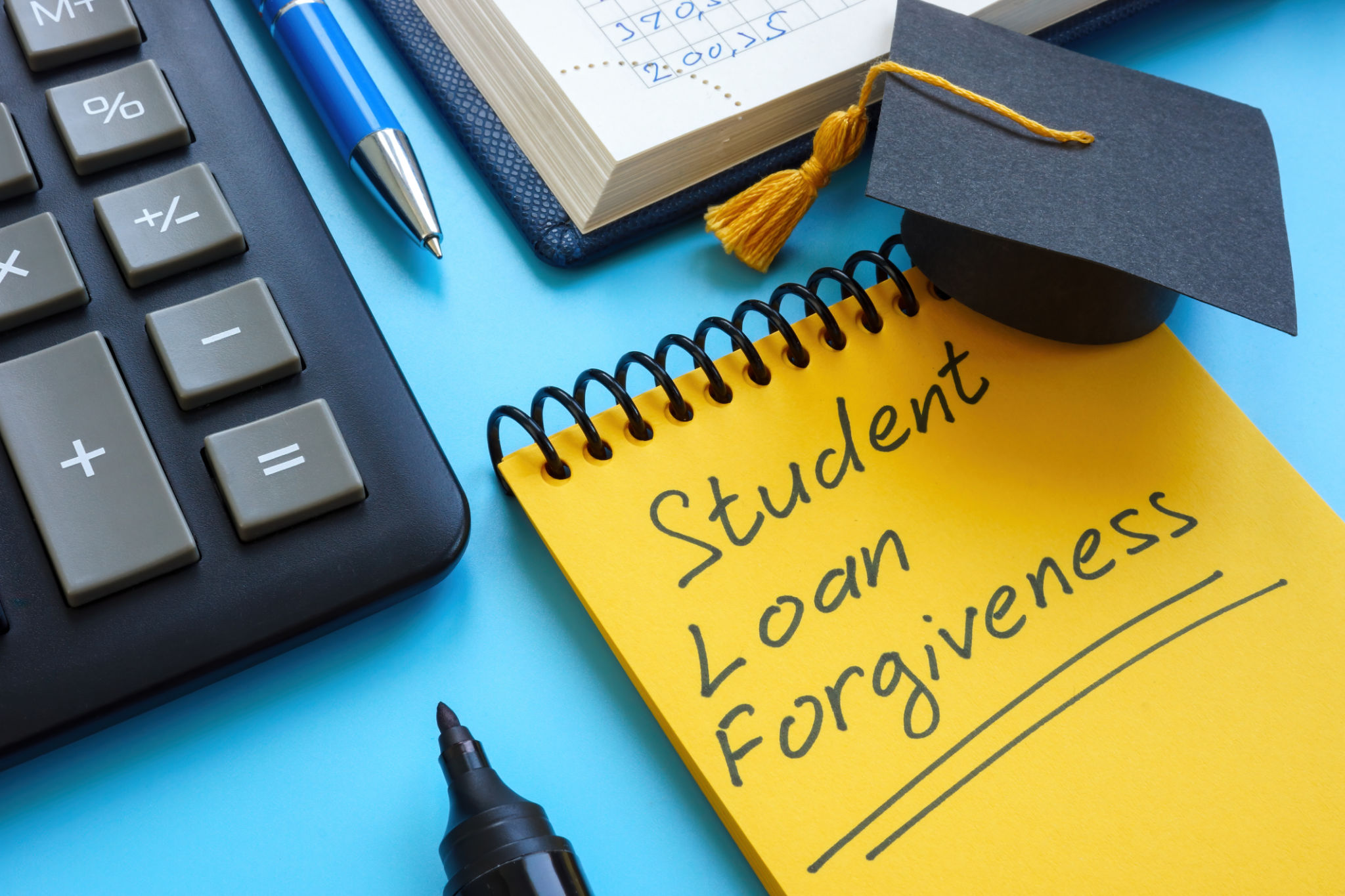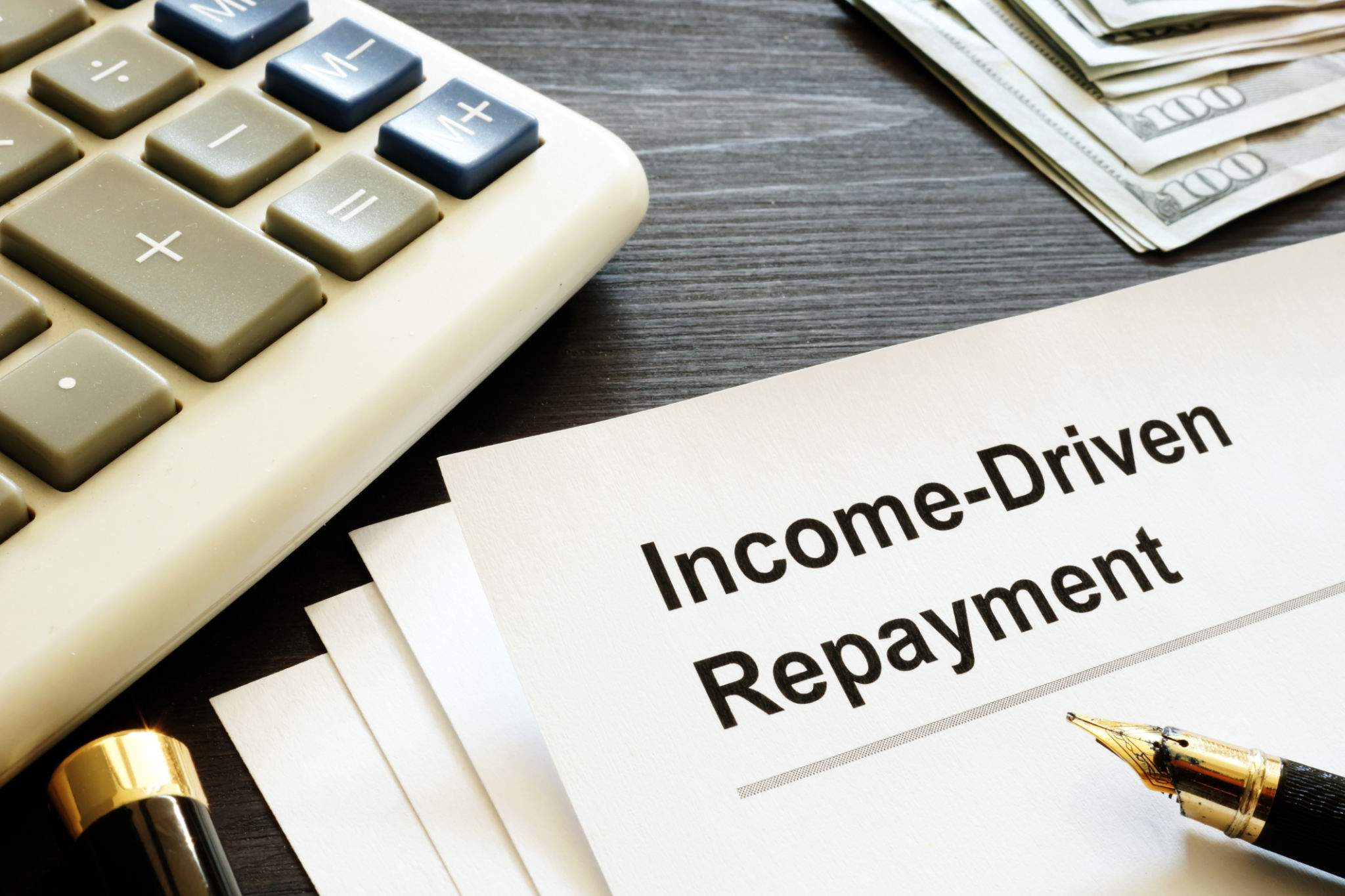Navigating Student Loan Forgiveness Programs: What You Need to Know
Understanding Student Loan Forgiveness
Student loan forgiveness programs can be a lifeline for borrowers struggling to manage their debt. These programs aim to reduce or eliminate remaining student loan balances after certain conditions are met. Understanding how these programs work and determining if you qualify is crucial in making informed financial decisions.

There are several types of forgiveness programs available, each with its own set of eligibility requirements. Some are aimed at specific professions, while others are based on income or service in certain sectors. Familiarizing yourself with the different types can help you determine which option might be best for your situation.
Types of Student Loan Forgiveness Programs
One of the most well-known programs is the Public Service Loan Forgiveness (PSLF) program. This program is designed to forgive the remaining balance on Direct Loans after 120 qualifying monthly payments while working full-time for a qualifying employer, such as a government or nonprofit organization. This can be a great option for those in public service roles.
Another option is the Teacher Loan Forgiveness program, which targets educators. Teachers who have worked full-time for five consecutive years in a low-income school or educational service agency may be eligible for forgiveness of up to $17,500 on certain federal loans.

Income-Driven Repayment Plans
Income-driven repayment (IDR) plans can also lead to loan forgiveness. These plans adjust your monthly payment based on your income and family size. After making payments for 20 to 25 years, any remaining loan balance may be forgiven. The four main IDR plans include:
- Revised Pay As You Earn (REPAYE)
- Pay As You Earn (PAYE)
- Income-Based Repayment (IBR)
- Income-Contingent Repayment (ICR)
It's important to note that under current IRS rules, the forgiven amount through these plans may be considered taxable income, potentially impacting your tax obligations.

Eligibility and Application Process
Eligibility criteria vary depending on the program. For PSLF, it's crucial to ensure that your employment qualifies and that you are making payments under a qualifying repayment plan. For IDR plans, eligibility is generally based on your income and family size. It's essential to stay informed about the specific requirements of each program to maximize your chances of receiving forgiveness.
The application process can be complex, requiring detailed documentation and annual recertification for IDR plans. It's advised to keep thorough records of all communications and transactions to ensure a smooth process.
Staying Informed and Seeking Assistance
The landscape of student loan forgiveness can change due to new legislation or policy adjustments. Staying informed about these changes is vital, as they can impact your eligibility or the benefits you may receive. Consider subscribing to updates from reliable sources or consulting with a financial advisor specializing in student loans for personalized guidance.
If navigating these programs feels overwhelming, seeking assistance from reputable organizations or financial advisors can provide clarity and help optimize your strategy for loan forgiveness.